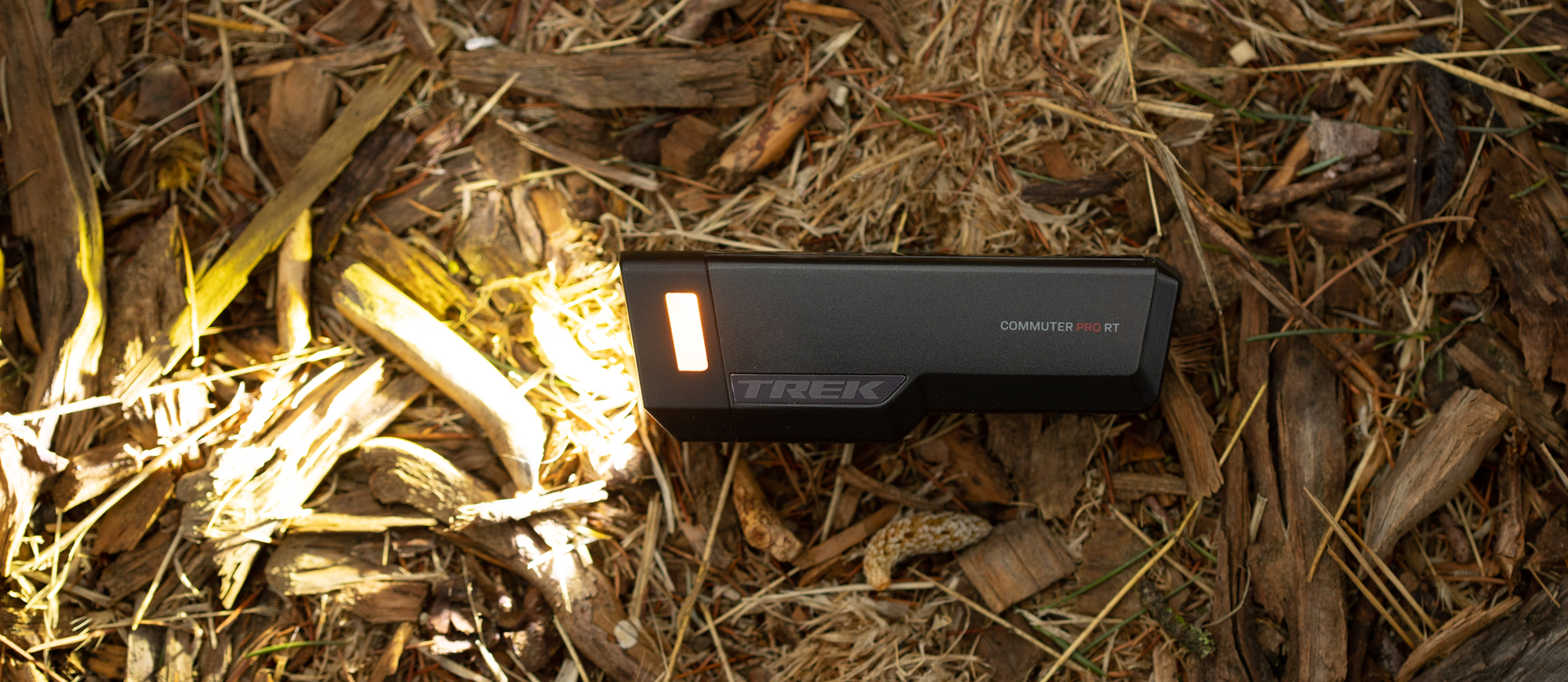Cyclingnews Verdict
The Trek Commuter Pro RT is a perfect solution for getting around the city everyday. USB-C charging makes charging fast and easy as well as making to possible to use the light as an emergency phone charger. When it's time to ride there's plenty of power to see where you are going and with a 4800mAh battery you won't have to charge every night. The price is a bit higher than some options but the high-quality reflector keeps the light from blinding other road users.
Pros
- +
Sharp upper beam cutoff
- +
The mounting system will work over the top of bar tape
- +
Blendr mounting is available
- +
USB-C charge port will charge a phone if needed
- +
Large ports for side visibility
- +
Disruptive daylight flash pattern
Cons
- -
Lacks pass-through charging
- -
No way to mount below the bars
You can trust Cyclingnews
Back in 2018 Trek, under the Bontrager name, went all in on the idea of daytime visibility and lighting in general. The Bontrager Ion Pro RT light was the premium offering that came out as part of the push and it's a great light. I included it in our list of the best bike lights because it's easy to use and has lots of power. It's a no-brainer all-around choice that you can use for commuting but also works for the fun rides that happen after work. Four years later, there's a new light that might be replacing it. Actually, Trek says it's not a replacement but it sure seems like one.
The new light is the Trek Commuter Pro RT. Instead of the Bontrager name, this time the light is coming to market with the more widely recognized Trek branding. It also brings a lot of focus both literally with a new reflector as well as figuratively with a more specific use case. Given how often I recommend Bontrager I wanted to spend some time with the latest offering and see if the rebranded light was still worth recommending. If you have been looking for something to get you to and from work this winter, keep reading to see if Trek Commuter Pro RT is the right choice.
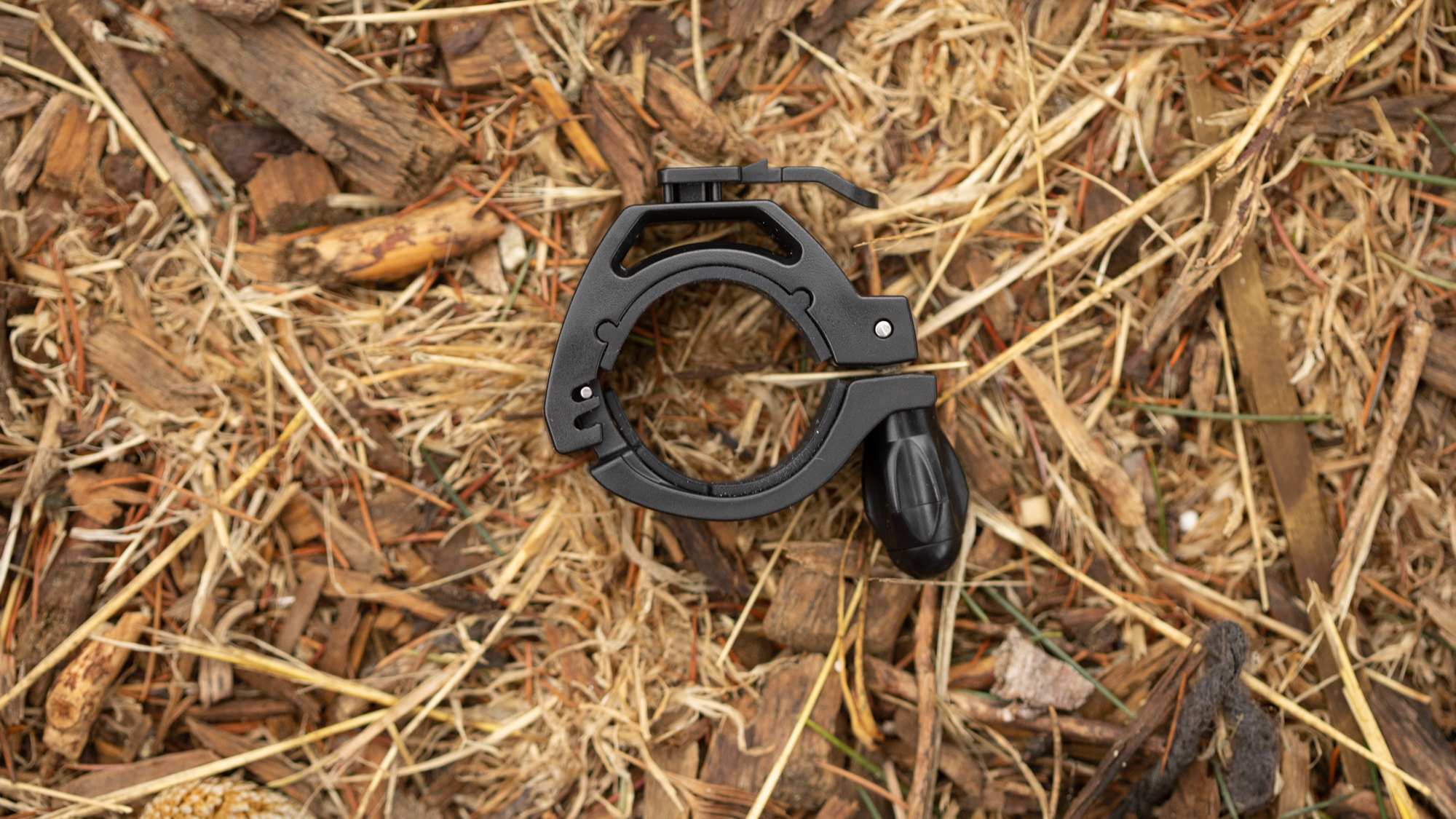
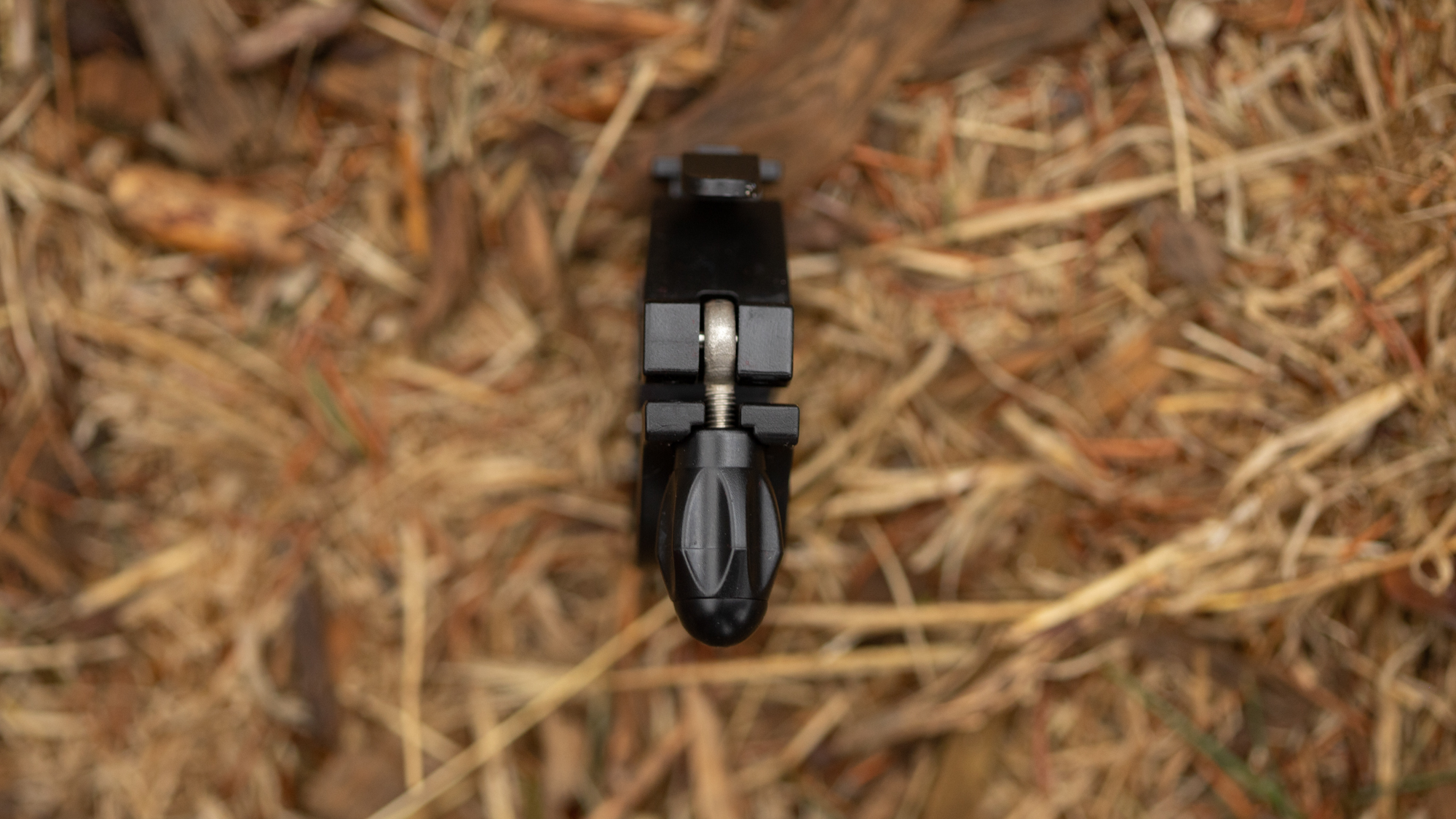
Design and aesthetics
As I said up above, Trek says the Commuter Pro RT isn't a replacement for the Ion Pro RT. I bring this up again because the two lights have a whole lot in common. If you'd asked me to compare the new one without looking at the old one, I'd swear they were exactly the same. They both use the same design language and feel about the same in your hands.
To be fair, that's because they are not terribly distinctive lights. The construction is a mix of plastic and metal in black in the shape of a long rectangle. The max power option is 1000 lumens with a battery size of 4800mAh and most lights in this category look pretty similar.
The charging port sits at the rear of the light under an easy-to-open rubber cover. The angle and placement mean it's ideal for dragging your finger up and catching the lip that pulls it open. It would also be ideal for charging while in use but there is no pass-through charging. If you plug it into a power source, the light will turn off. As it is, it's ideal for charging your phone while riding but that won't work while the light is in use either.
Head forward a bit and the next part of the design of note is the top panel. Instead of metal it's switched to glossy black plastic that when off, appears to be purely aesthetic in nature. Hit the power button once and you'll find five lights on the left side relaying the battery status. Double-click it and the light will turn on and present another status light on the power button as well as turning the status lights on again. A long press turns the light off and an even longer press, from off, will switch to the previously mentioned chargeback mode. The chargeback mode illuminates a second set of status lights in the top cover that flash in a sequential pattern. The same lights will also show the battery life of a rear light if you pair them together.
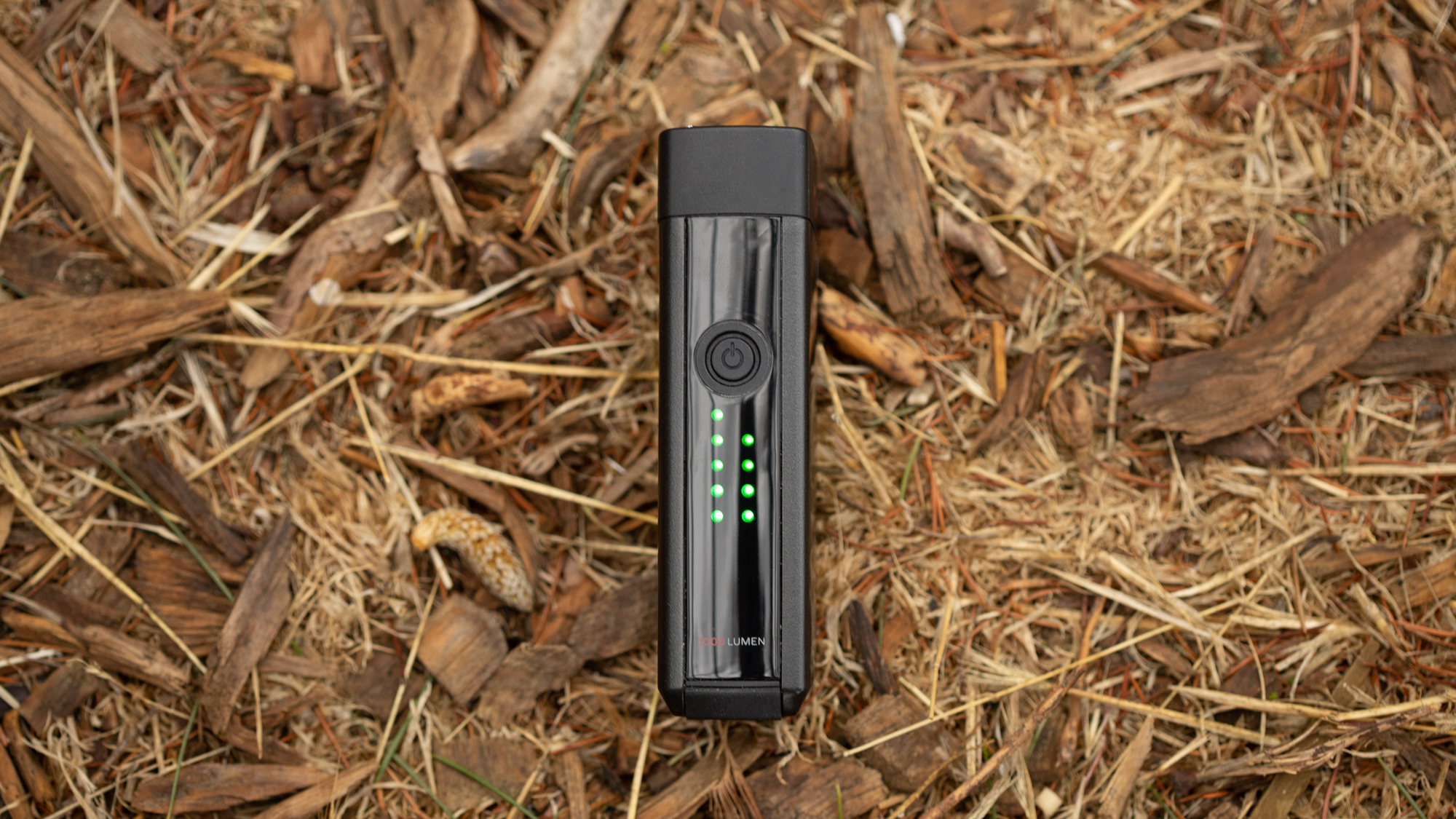
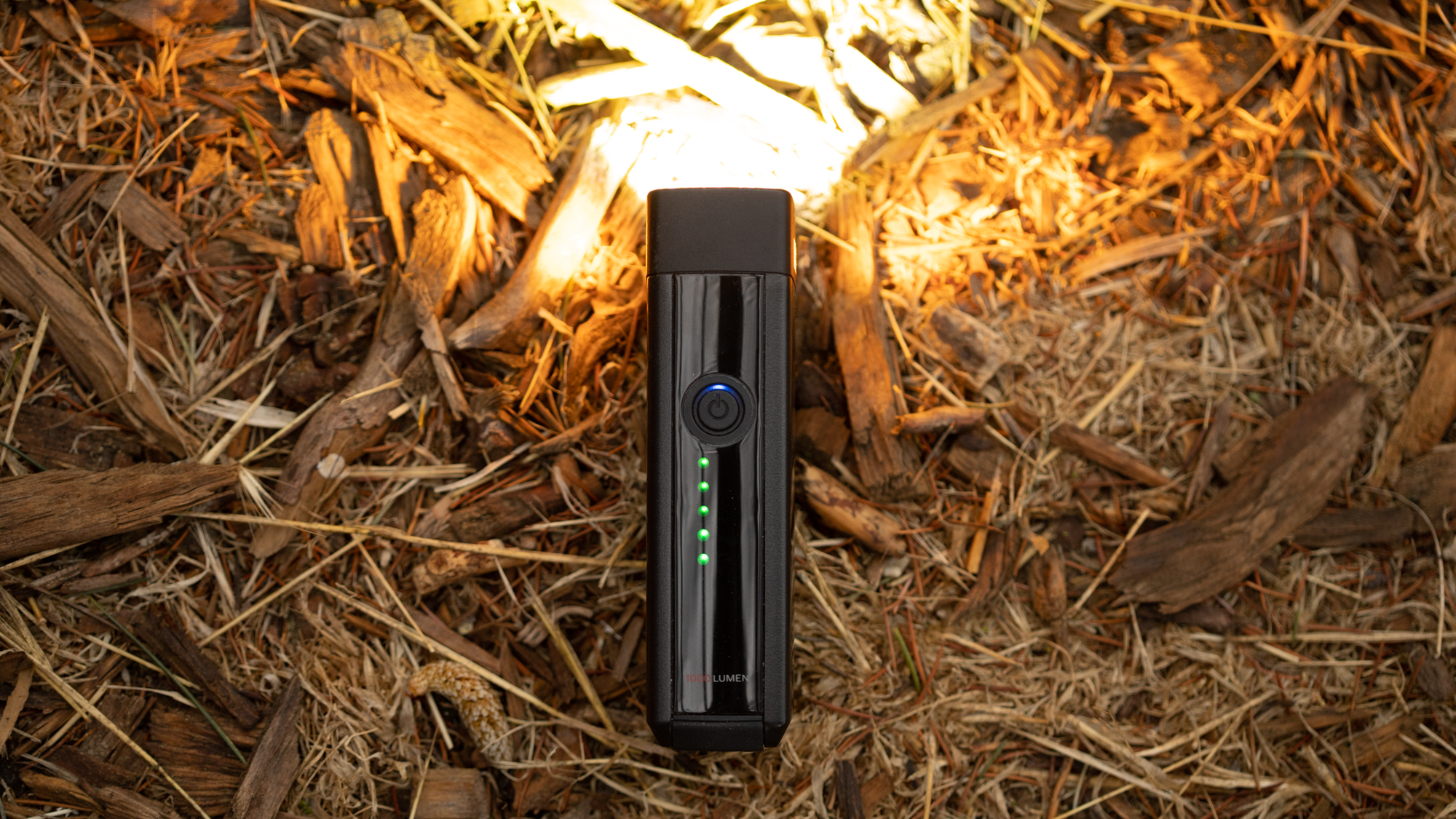
At the very front of the Commuter Pro RT is where the real design changes come into view. The reflector and light design are all new and very angular. There's also a substantial hood at the upper edge and the orange windows on the sides have grown in size. The biggest selling point of this light is the hard upper edge to the beam pattern and it's here in the angles that Trek makes this happen.
The latest race content, interviews, features, reviews and expert buying guides, direct to your inbox!
Down on the bottom of the light is where the mount connects. It's technically considered a Blendr mount and, as such, it connects in the same way as all of the Bontrager and Trek lights. Slide it onto the mount and it clicks into place requiring a pull on the release to slide it back out.
The mount itself is exactly the same as the Ion Pro RT. It's all one piece, not counting the shims for other handlebar sizes, and there is a hinge at the front. Locking it to the handlebar is a bolt and the end has a handle that tightens. When open you can move it in and out of a slot opposite where the bolt attaches. As you tighten it, everything locks in place.
One detail that is a bit different on the Commuter Pro RT is that it's now directional. If you'd rather run it below the bar then you will need a different mount to hold it so that the orientation is the same. Trek offers a Blendr mount that accomplishes this but it doesn’t attach to handlebars. You'll also need a way to hold that mount to the bike. Blendr is the same as a GoPro mount so there are options, or you can run a Trek Blendr stem, but you will need to think it through.
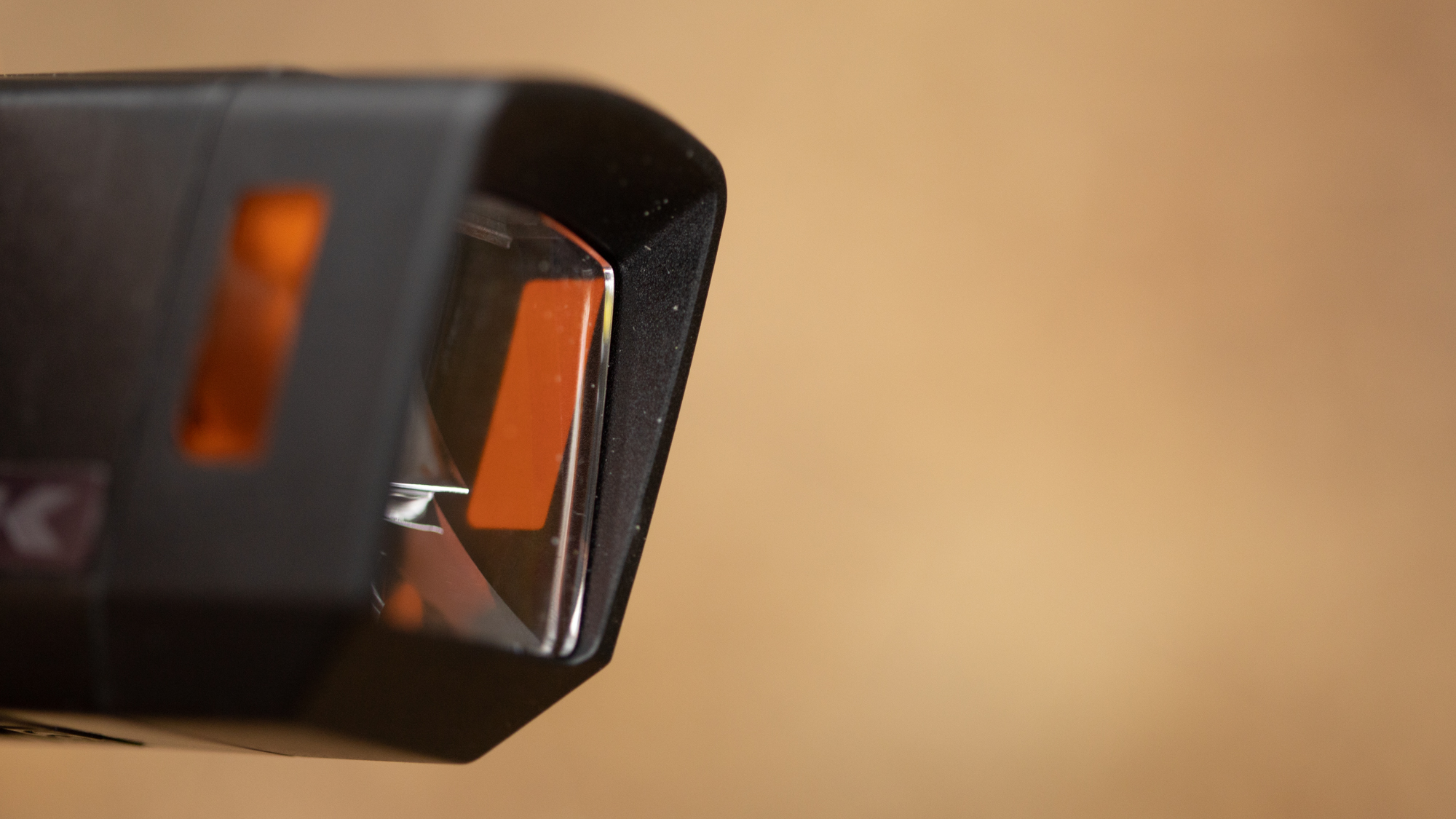
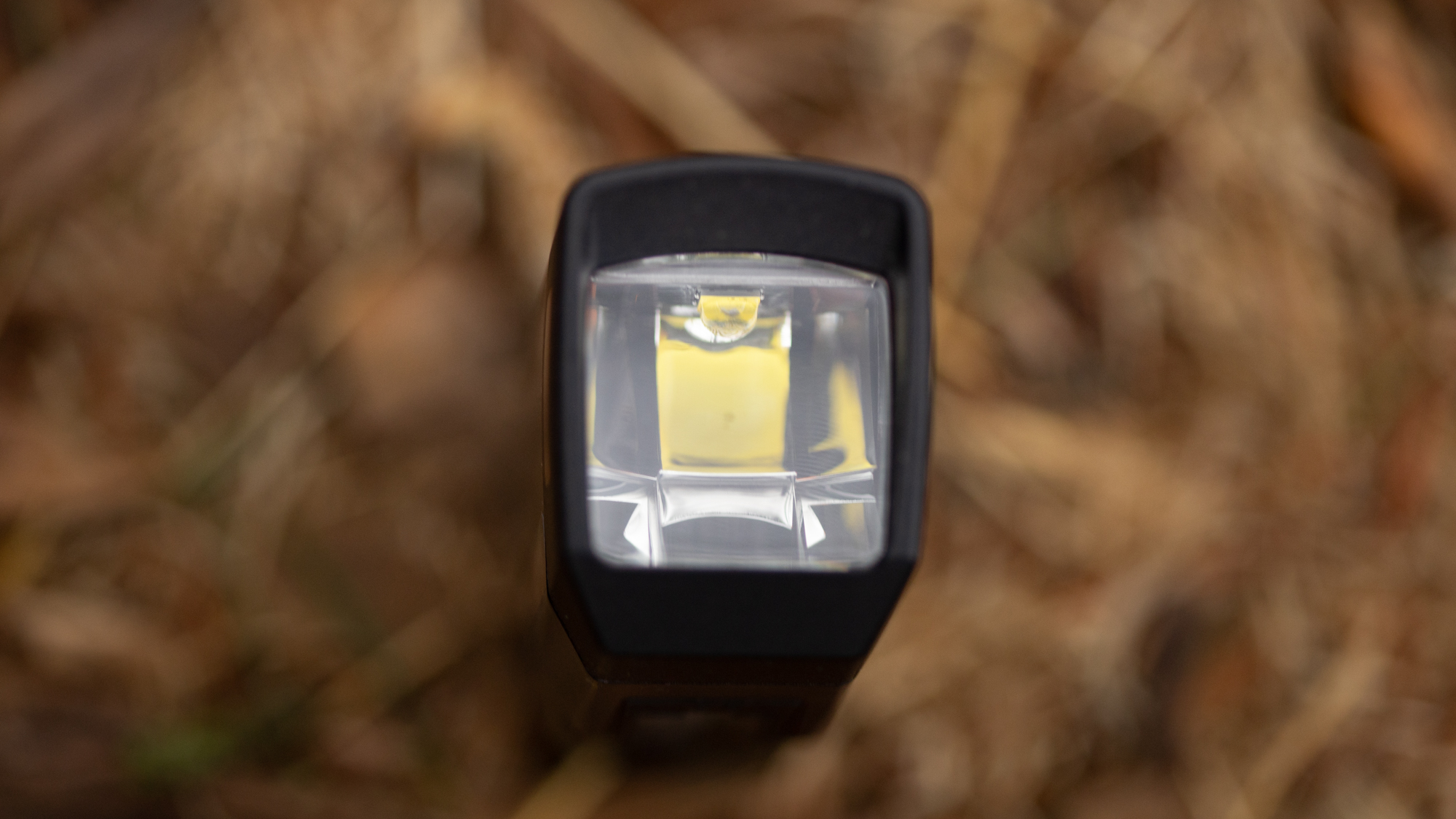
Performance
I've used a lot of bike lights. It's my job after all and I'm constantly trying something new. Many of them claim to have some type of road-specific beam but generally, I don't see much difference. I've never had anyone shield their eyes as they went past and I considered the issue more conceptual than real. It was the Outbound Lighting Detour that I recently reviewed where I saw a real difference.
The reason I don't blind people is all about how I aim my light. I like to have the light angled pretty far down. As much as I want to be able to see ahead, it helps me feel more in control to be able to see just ahead of the wheel if I look. What no one brings into the conversation about lights with a sharp upper cutoff beam is that there's a lot more to it.
The sharp cutoff has consequences that benefit you and it's not generally discussed. The Trek Commuter Pro RT light, as well as the Outbound Detour, positions the hot spot in the beam pattern right at the top. Having a hard cutoff lets you aim the hot spot quite a bit farther down the road without causing issues for other road users.
At the bottom of the lens, there is no hard cutoff. It means there is a lot of light leakage in a half-moon pattern. This extra light down low keeps the area right ahead of the wheel illuminated enough to feel comfortable. The combination means that even at 500 lumens, you can ride in the dark without feeling uncomfortable.
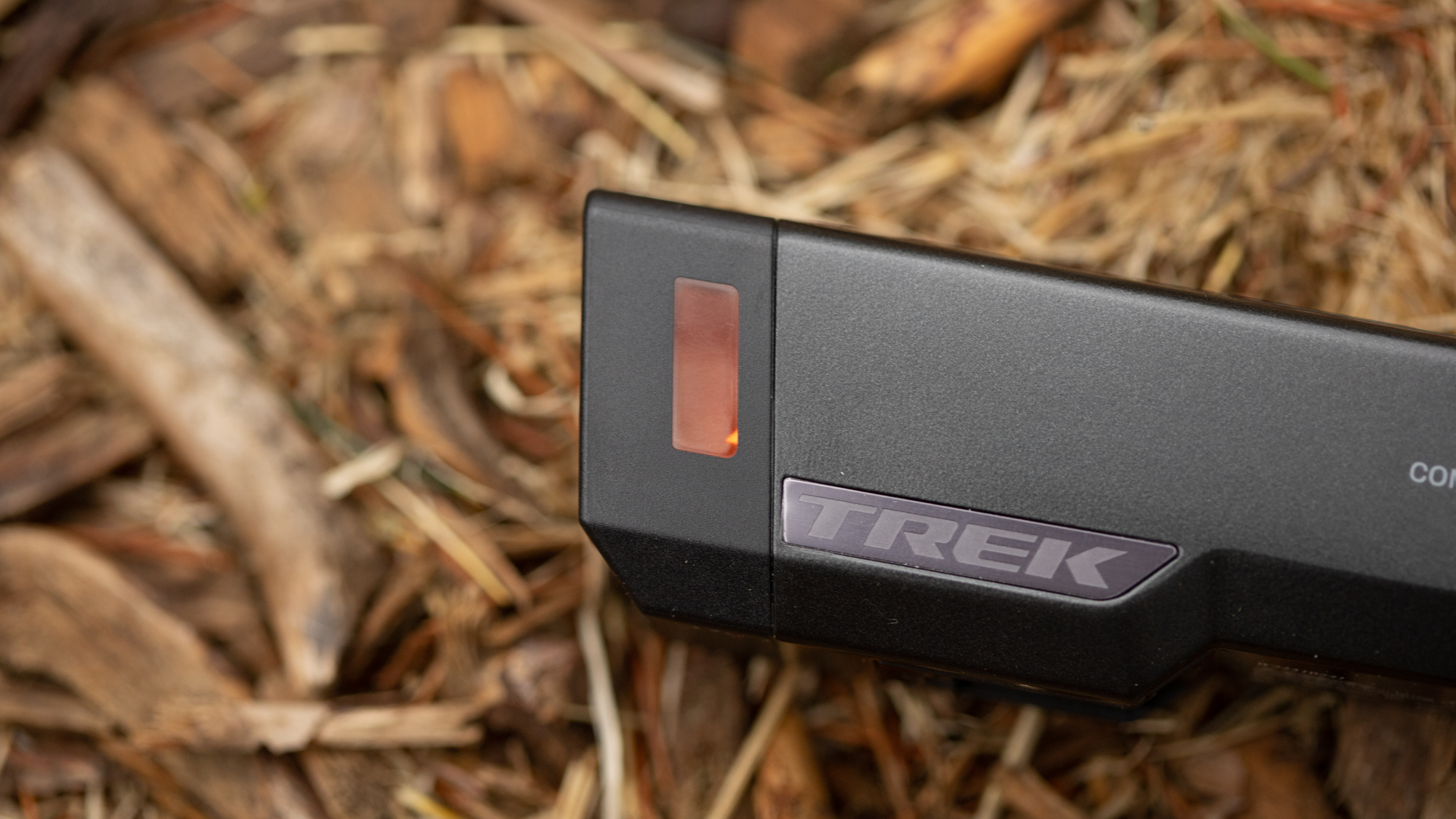
The real strength of the Trek Commuter Pro RT lies in its ability to keep you comfortable while also allowing you to keep the light powered down. When combined with the double-press turn-on feature, which means there's no worry about storing it during the day, it becomes a solid commuter light. The ability to pair with a tail light and turn both on with a single press is another big plus. The addition of a disruptive daytime flash mode means it's likely to continue getting use even during the summer, when there is plenty of daylight.
There are some negatives to consider with this light as well. The Ion Pro RT was a light that could do anything, but this time it's not quite as versatile. There are only half-power and full-power settings, which makes sense - the half-power setting is perfect for commuting, while the full-power is enough for trail riding. However, the mounting and charging have become issues.
One of the strengths of the Trek mounting system was its simplicity - it could go over the top of bar tape and be flipped upside down, making it easy to fit onto handlebars. However, the new light has to remain in the same orientation, so if you want to mount it below the bars you will need more pieces. It’s not quite so simple anymore.
There's also the issue of battery life - you only get 1.5 hours or 3 hours depending on the settings, which is fine for commuting, but you'll probably need to charge it at work if you're going for an after-work ride. Without pass-through charging, that's all you get. There's no ability to extend your ride if you occasionally need to do so.
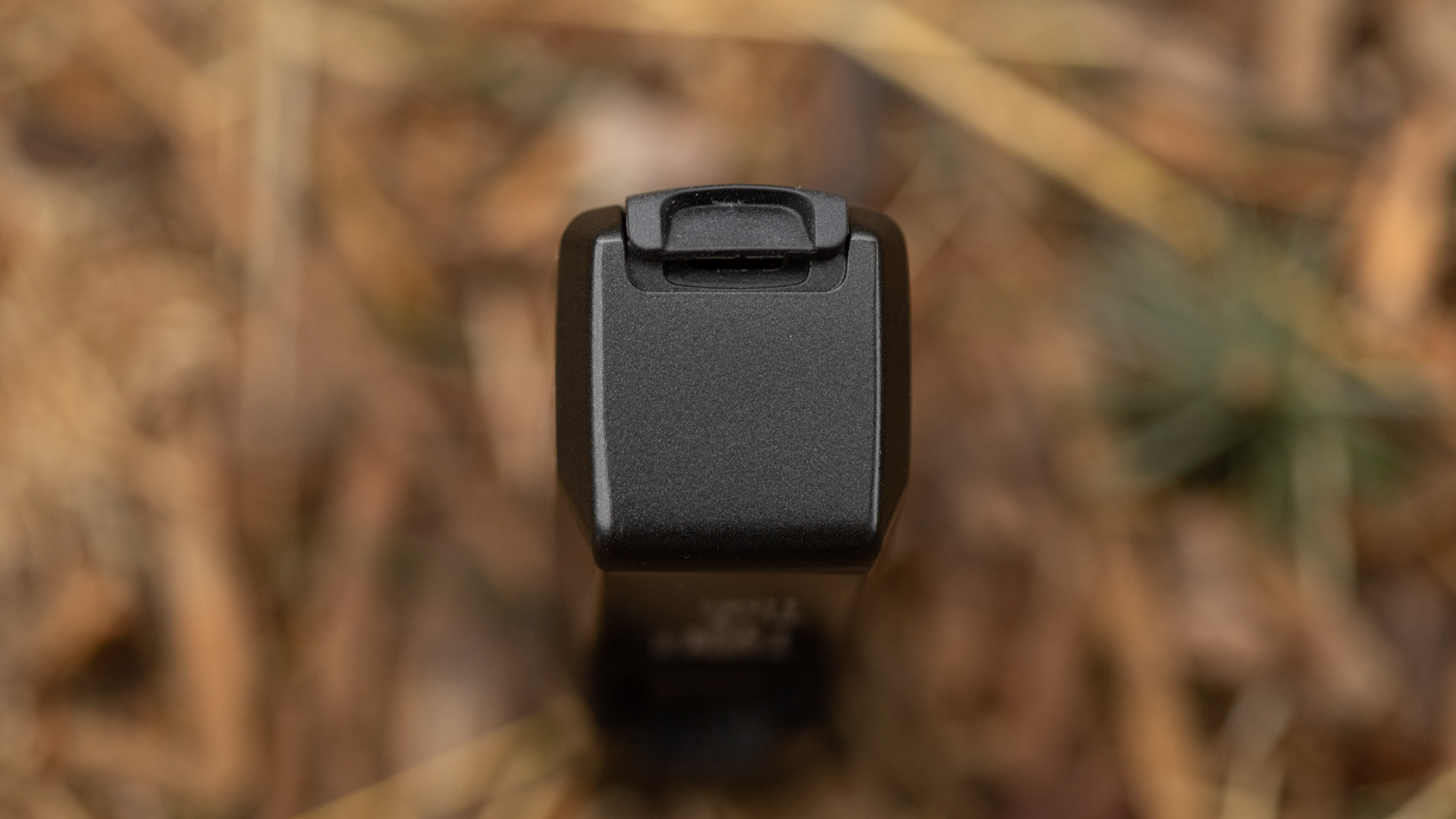
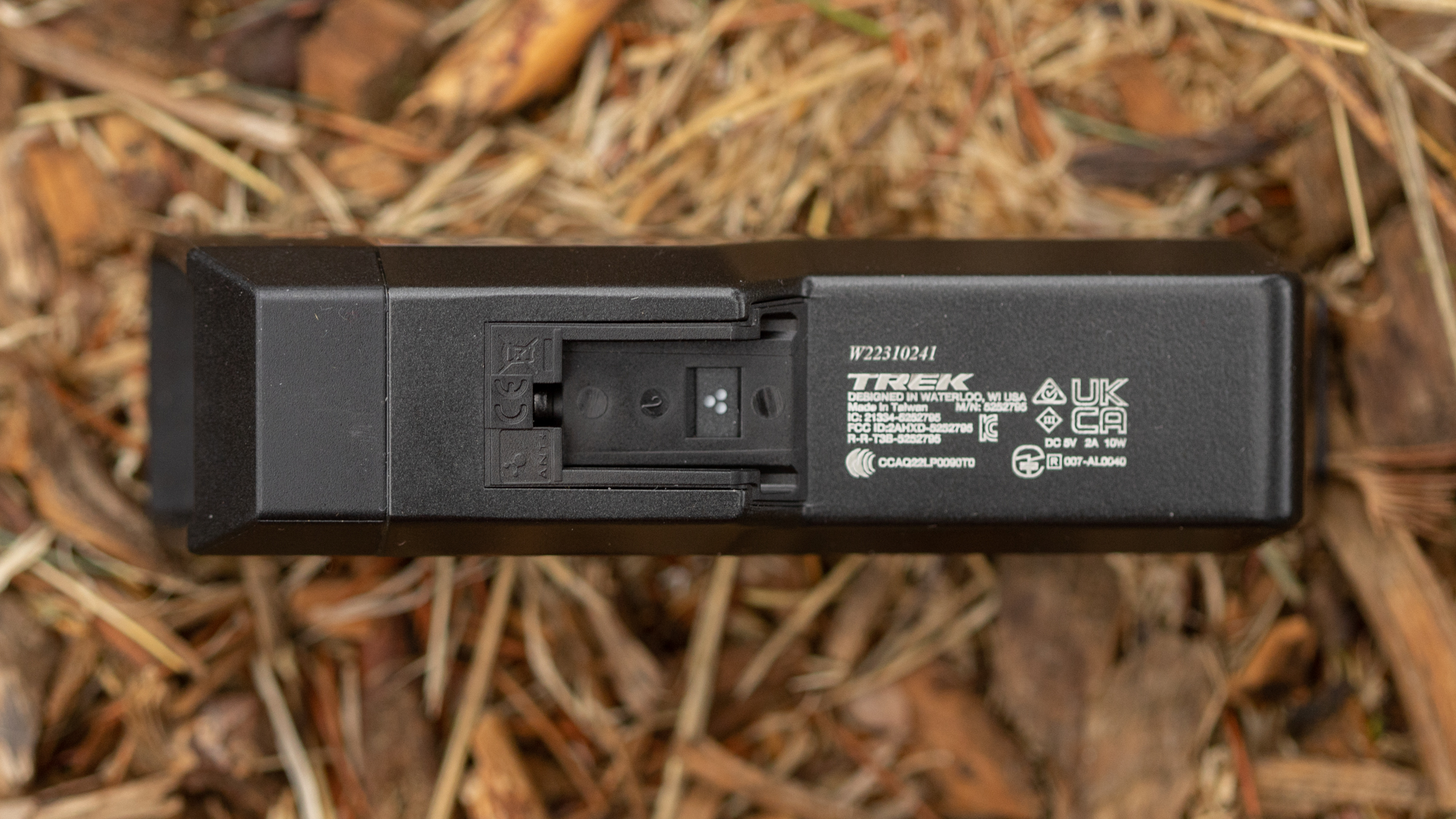
Verdict
If you're looking for a high-quality commuter light, the Trek Commuter Pro RT is a solid choice. It has enough power and an excellent beam shape, along with a good burn time rating - it beats options from Lezyne and Light & Motion on that front. It also has the ability to charge a phone if needed, an easy-to-understand control scheme, protection against turning it on in a bag, and wireless connections to a rear light to make your life easier. It's a great commuter option, and that's what it's meant to be.
What it doesn't do particularly well is anything else. You can take it out on the trail, but you might need a different mount to make it work if you have a bike computer mounted as well. Once you solve that, your rides will have to be pretty short, given that there's not a huge battery or pass-through charging. As long as you understand the strengths of this option from Trek, it's well made and does a great job of doing what it's designed to do.
| Design and mounting | The included mount is still good, it’s just less flexible than before. The overall design is even better than before but it’s also less flexible than before. | 8/10 |
| Light quality | The whole ecosystem of needs has been considered and you get both far out light and visibility close to the wheel. This is an ideal light pattern. | 10/10 |
| Control Scheme | It’s good but does cycle through daytime flash and it wouldn’t hurt to give it a medium setting. | 8/10 |
| Battery life and charging | Better than much of the competition but why is there no pass-through charging? | 6/10 |
| Value | Stick to what’s on offer for 1000 lumen commuter lights and it’s more expensive but has better battery life, more features, and a better reflector design. It’s not a bargain but it’s not overpriced either. | 8/10 |
| Overall | Row 5 - Cell 1 | 80% |
Tech Specs: Trek Commuter Pro RT
- Price: £149.99 / $159.99 / €169.99 / $249.99
- Weight: 217g without mount
- Output: 1000 lumens max
- Battery: 4800mAh
- Runtime: high 1000LM — 1.5hrs, low 500LM — 3hrs, day flash 300 LM — 12hrs
Josh hails from the Pacific Northwest of the United States but would prefer riding through the desert than the rain. He will happily talk for hours about the minutiae of cycling tech but also has an understanding that most people just want things to work. He is a road cyclist at heart and doesn't care much if those roads are paved, dirt, or digital. Although he rarely races, if you ask him to ride from sunrise to sunset the answer will be yes.
Height: 5'9"
Weight: 140 lb.
Rides: Salsa Warbird, Cannondale CAAD9, Enve Melee, Look 795 Blade RS, Priority Continuum Onyx
